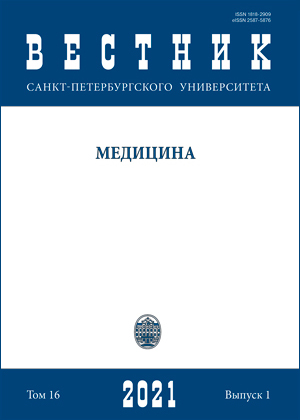The pathogenesis of pulmonary hypertension — vessel wall ischemia as the driving force in disease initiation and progression*
DOI:
https://doi.org/10.21638/spbu11.2021.103Аннотация
Surgeons are not trained to decipher the pathogenesis of diseases, which they operate on. They are used to repair, remove, or replace defective tissues and organs. Yet, we often see typical pathomorphological or pathophysiological phenomena, characteristic of a specific disorder that can only be observed during surgery. Such patterns would not be recognized easily by current imaging techniques, and their visibility would require a living organism. In modern terminology, one could call them “surgical biomarkers”. Many disease entities, today, are still not completely deciphered regarding initial links of their pathogenesis, despite decades of experimental and clinical research. In such disorders, characteristically named “idiopathic”, surgical observations may be helpful to clarify disease mechanisms, two of which we offer here for one of these disease entities, namely pulmonary hypertension.
Ключевые слова:
arteria pulmonalis, pulmonary hypertension, vasa vasorum, vasculitis, utoimmunity, atherosclerosis
Скачивания
Библиографические ссылки
References
Kuppe H., Kuebler W. M. Hypoxic pulmonary vasoconstriction requires connexin 40-mediated endothelial signal conduction. Journal of Clinical Investigation, 2012, vol. 122, no. 11, pp. 4218–4230.https://doi.org/10.1172/JCI59176
Загрузки
Опубликован
Как цитировать
Выпуск
Раздел
Лицензия
Статьи журнала «Вестник Санкт-Петербургского университета. Медицина» находятся в открытом доступе и распространяются в соответствии с условиями Лицензионного Договора с Санкт-Петербургским государственным университетом, который бесплатно предоставляет авторам неограниченное распространение и самостоятельное архивирование.




